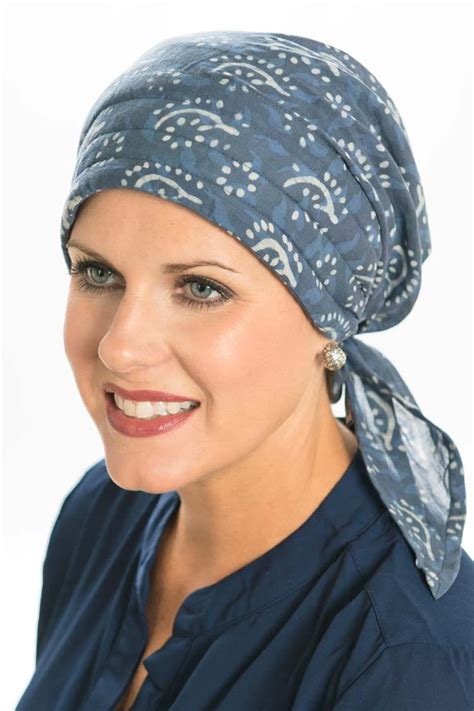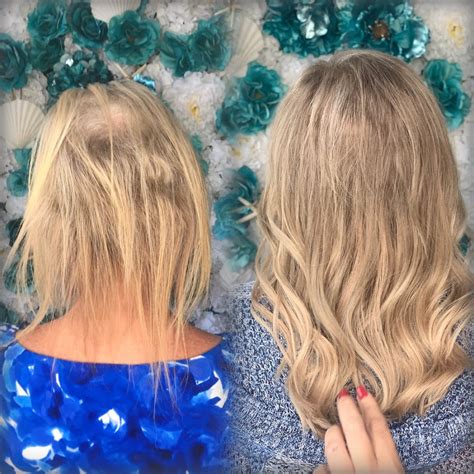Fine hair can be a beautiful asset, but it can also be frustrating when it lacks volume and thickness. Weaves offer an effective solution to this dilemma, providing instant fullness and length. However, finding the best weave for fine hair requires careful consideration to avoid damage and ensure a natural-looking result.

Types of Weaves for Fine Hair
There are several types of weaves available, each with its own advantages and disadvantages for fine hair:
-
Tape-In Weaves: These flat, adhesive-backed extensions are attached to your natural hair in sections. They are less damaging than other methods but can be more noticeable and require regular maintenance.
-
Clip-In Weaves: Clip-in extensions are the most temporary and damage-free option. They can be easily removed and reapplied, but may not be suitable for everyday wear or high-impact activities.
-
Fusion Weaves: Fusion extensions are attached to your natural hair using heat, creating a permanent bond. They provide the most volume and length but can be damaging if not applied properly.
-
Micro Link Weaves: Micro link extensions are attached to your natural hair using tiny metal beads. They are less damaging than fusion weaves but still require professional installation and maintenance.
Choosing the Right Weave for You
When selecting a weave for fine hair, consider the following factors:
-
Hair Texture: Fine hair requires extensions that are matched to its texture to blend seamlessly. Opt for extensions made from human hair or high-quality synthetic fibers.
-
Hair Length: Weaves can add significant length to your hair. Determine the desired length before choosing a weave to ensure a natural-looking result.
-
Maintenance: Different weaves require different levels of maintenance. Consider your lifestyle and budget when choosing a weave to avoid any surprises.
-
Damage: Weaves can cause damage to fine hair if not applied or maintained properly. Choose a weave that is gentle and does not put excessive stress on your natural hair.
Benefits of Weaves for Fine Hair
Weaves offer numerous benefits for those with fine hair:
-
Increased Volume: Weaves instantly add volume to fine hair, creating the illusion of thicker strands.
-
Added Length: Weaves can provide significant length, allowing you to experiment with different hairstyles.
-
Style Versatility: Weaves can be styled in a variety of ways, from sleek blowouts to bouncy curls, enhancing your styling options.
-
Protection from Damage: Properly installed weaves can protect your natural hair from environmental damage and heat styling tools.
Considerations for Weaves on Fine Hair
While weaves can be transformative for fine hair, there are a few considerations to keep in mind:
-
Regular Maintenance: Weaves require regular maintenance, including washing, styling, and reattaching as needed.
-
Potential Damage: Improper installation or maintenance can damage fine hair. Always consult with a professional hair stylist for advice and installation.
-
Cost: The cost of a weave can vary depending on the type, length, and maintenance required. Consider your budget before committing to a weave.
Tips for Fine Hair Weave Maintenance
To maintain the health and longevity of your weave, follow these tips:
-
Use gentle hair care products: Avoid harsh shampoos and conditioners that can strip your hair of its natural oils.
-
Brush your hair regularly: Brush your hair gently to remove tangles and prevent matting.
-
Avoid heat styling: Heat styling can damage both your natural hair and the extensions. Use a heat protectant spray when necessary.
-
Get regular trims: Regular trims remove split ends and help keep your hair healthy.
-
See a professional: Visit a professional hair stylist for touch-ups and maintenance to ensure the weave remains secure and your natural hair is protected.
Table 1: Comparison of Weave Types for Fine Hair
| Weave Type | Advantages | Disadvantages |
|---|---|---|
| Tape-In | Less damaging | Noticeable, requires regular maintenance |
| Clip-In | Damage-free, easy to apply | Not suitable for everyday wear |
| Fusion | Most volume and length | Permanent, can be damaging |
| Micro Link | Less damaging than fusion | Requires professional installation and maintenance |
Table 2: Types of Weave Hair Textures
| Hair Texture | Extension Texture |
|---|---|
| Fine | Human hair, high-quality synthetic fibers with fine texture |
| Medium | Human hair, synthetic fibers with medium texture |
| Coarse | Human hair, synthetic fibers with coarse texture |
Table 3: Maintenance Requirements for Weaves on Fine Hair
| Weave Type | Maintenance Frequency |
|---|---|
| Tape-In | Every 4-8 weeks |
| Clip-In | Daily or as needed |
| Fusion | Every 3-6 months |
| Micro Link | Every 6-8 weeks |
Table 4: Cost of Weaves for Fine Hair
| Weave Type | Cost Range |
|---|---|
| Tape-In | $200-$600 |
| Clip-In | $50-$200 |
| Fusion | $400-$1,000 |
| Micro Link | $300-$800 |
Frequently Asked Questions
-
Can weaves damage my fine hair? Yes, improper installation or maintenance can damage fine hair. Consult with a professional hair stylist to ensure your weave is applied and maintained safely.
-
How often should I wash my weave? Wash your weave as often as you wash your natural hair, typically every 1-2 weeks.
-
Can I wear a weave with fine hair that is short? Yes, clip-in weaves can be used to add volume and length to short fine hair.
Conclusion
The best weave for fine hair depends on your individual needs and preferences. By considering the factors discussed above, choosing the right type of weave, and following proper maintenance practices, you can enhance the volume and thickness of your fine hair while maintaining its health and beauty.
